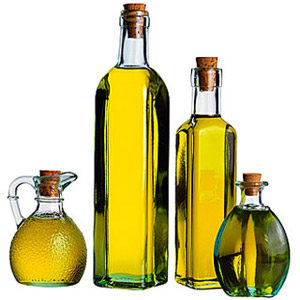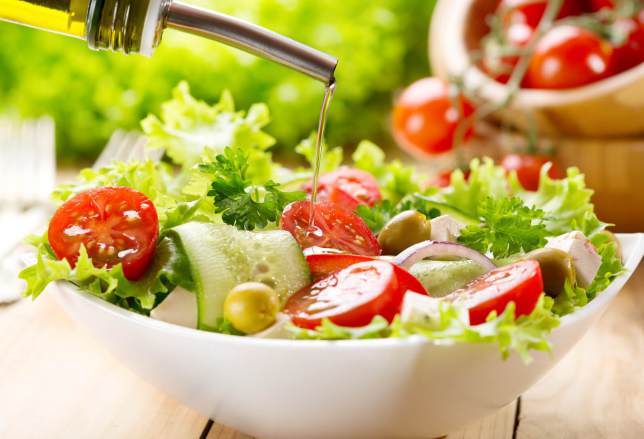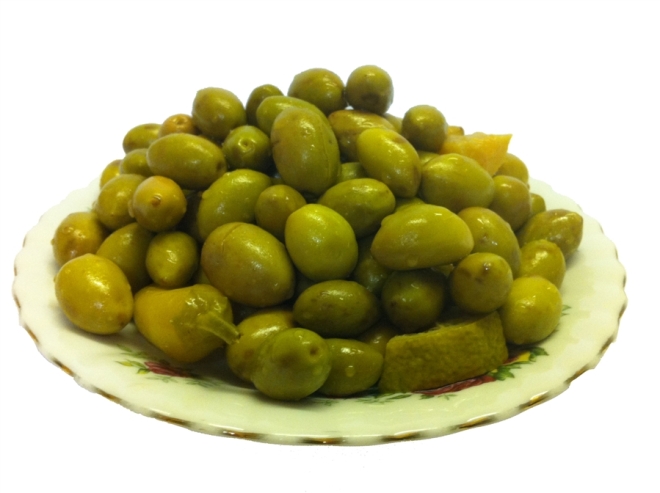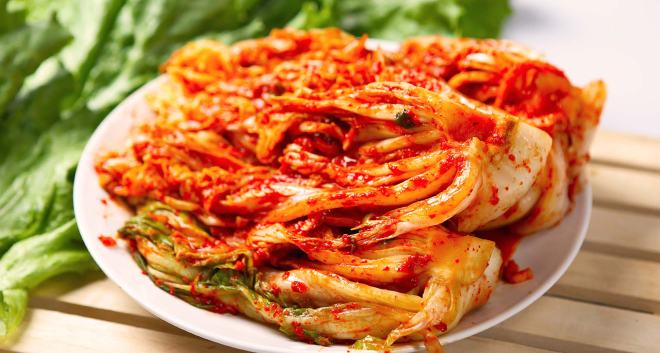Bangkok, 30 April 2016
One of the problems of living abroad is that issues of great moment back home have little if any echo here in Bangkok. So it was with the 400th anniversary of Will Shakespeare’s death, which fell on 23rd April last week. It was only when I was catching up with news from home (to Brexit or not to Brexit?) that I saw the huge amount of chatter on line and realized this.
Well! I cannot let this anniversary go by, even though I am already a week late in celebrating it. I mean, Will and I go back a long way! Before I start my breathless recollections, though, let me throw in a picture of one of the few portraits of Shakespeare which are thought to probably be a good likeness, from his funerary monument in his home town, Stratford-upon-Avon.

(my alert readers will have noticed much circumspection in that last phrase; so little is known about the real-life Will)
I saw my first piece of Shakespeare – a mere snippet – when I was a seven-year old. My parents had taken me along to visit my elder brother at his school’s Sports Day. As the name suggests, the day was primarily about sports, but to show some high-browsedness among all this low-browsedness the Headmaster also put on a few scenes from Shakespeare, played by the boys. One of these boys was my brother, who played a scene from Henry VIII. Although I don’t know which scene it was exactly, I do remember sitting next to him afterwards and – pesky child that I was – pulling off strands of his stuck-on beard.
A year later, I was packed off to the same school, and at one of the next Sports Days I got my first role, a walk-on part as a page of Macbeth’s. My moment in the spotlight was short. I preceded Macbeth onto the stage, who then ordered me off to do something. I bowed with dignity and exited left. After which Macbeth launched into that great soliloquy:
“Is this a dagger which I see before me,
The handle toward my hand? Come, let me clutch thee.
I have thee not, and yet I see thee still.
Art thou not, fatal vision, sensible
To feeling as to sight? or art thou but
A dagger of the mind, a false creation,
Proceeding from the heat-oppressed brain?”
It goes on for several more fevered lines, but we’ll leave it at that.
In later years, I was a regular at these theatrical events on Sports Days, but I never got to do any more Shakespeare. The best I managed was the lead role, as a waiter, in some farce to do with a coconut being mistaken for a bomb. No matter! I was hooked on the acting life.
My school might have been buried in the wilds of Somerset, but that did not stop the Headmaster from trying to expose us to Culture. One way he did this was by taking us to theatrical events. Thus it was that one beautiful summer’s day (“Shall I compare thee to a summer’s day?”) we were bussed off to a local Stately Home and watched the Winter’s Tale on its manicured gardens. I can’t say I was terribly impressed by the play, certainly none of the text has remained with me. I appreciated more the strawberries and cream served at the interval. I was probably too young to appreciate the play (I must have been all of eleven at the time). But I did very much appreciate the al fresco setting, and so a number of years later, when I was at high school, I was an enthusiastic member of a small audience watching Waiting for Godot, sitting on the grass watching as Vladimir and Estragon acted out their empty lives on a lonely dirt road.
At that same high school, I acted in my first full-length Shakespeare play, Richard II, as the Duke of York. I’ve mentioned this in an earlier post, so will not elaborate. What has stayed with me all these years, though, apart from dying John of Gaunt’s paeon to England (“This other Eden, demi-paradise … this precious stone set in the silver sea … this blessed plot, this earth, this realm, this England”) is Henry Bolingbroke’s icy remark to the captive Richard II, who is wallowing in self-pity: “The shadow of your sorrows hath destroyed the shadow of your face”.
If I’m to be honest, our Richard II was no great shakes. It was a good attempt by amateurs, no more. To prep us, our Director had hired a van and taken us down to Stratford, to see the Royal Shakespeare Company put on Richard II. It was certainly better than what we did, but it was no more than workmanlike, I would say. I had to wait some ten years to see a truly splendid production of Richard II, directed by Ariane Mnouchkine in a large space in the Bois de Vincennes in Paris. Ah, what a wonderful production that was! Mnouchkine used a style that mixed Japanese theatrical traditions with mime, on a large set uncluttered by any of the traditional theatrical props. It was truly magic, one of those theatrical experiences that stays with you forever.

Back to my own theatrical career at high school! It reached its zenith when I acted in Tom Stoppard’s brilliant comedy Rosencrantz and Guildenstern are Dead. I played Rosencrantz (or maybe Guildenstern, I forget; the characters themselves were always getting confused about who they were). This hilarious play is a riff on Shakespeare’s Hamlet, in which R&G play minor and totally inglorious roles. To my great regret, I never acted in Hamlet itself. The closest I got was playing a few scenes on the portico of the Scottish National Gallery in Edinburgh, during the University’s charity week. I played Polonius as a completely senile old twerp, unashamedly hamming it up for the audience: a disgraceful exhibition – but fun!
In truth, my days treading the theatre boards were even then numbered. I quickly realized at University that I was a mediocre actor and it was time for me to get serious. But before my final curtain call, I did manage get a modest part in Measure for Measure, playing Claudio, a young man sentenced to death for getting his girlfriend pregnant. It’s a strange play, aptly titled a “problem play”, categorized as a comedy but being no such thing. None of the characters are that nice either, so it’s difficult to feel much sympathy for anyone. My character Claudio gets some wonderful lines as he sits in gaol, bathed in a total funk at the idea of dying:
“Ay, but to die, and go we know not where;
To lie in cold obstruction, and to rot;
This sensible warm motion to become
A kneaded clod; and the delighted spirit
To bathe in fiery floods, or to reside
In thrilling region of thick-ribbed ice;
To be imprisoned in the viewless winds
And blown with restless violence round about
The pendant world; or to be worse than worst
Of those that lawless and incertain thought
Imagine howling – ’tis too horrible!
The weariest and most loathed worldly life
That age, ache, penury, and imprisonment
Can lay on nature is a paradise
To what we fear of death.”
And as I grow older, the lines of Duke Vincentio, spoken in his disguise as a monk to Claudio in prison, resonate ever more strongly with me: “when thou art old and rich, thou hast neither heat, affection, limb, nor beauty to make thy riches pleasant”. So true, alas!
And that was the end of my days on the proscenium. From then on, my engagement with Shakespeare was through films and other people’s theatrical productions. The most vivid of my recollections centre around Laurence Olivier. There was a poky little cinema on the Left Bank of Paris which one year when we lived there held a festival of Olivier’s Shakespeare films. My wife and I first watched Olivier’s film version of Hamlet, the first proper Hamlet I had ever seen. Olivier started with his voiced-over summary of Hamlet: “This is the tragedy of a man who could not make up his mind”.
It was masterly, no doubt about it. Of course, there were all the hoary Hamlet quotes: “Alas, poor Yorrick, I knew him”, “get thee to a nunnery”, “neither a borrower nor a lender be”, and of course probably the hoariest of all hoary Shakespeare quotes, “To be or not to be, that is the question”. Actually, behind all that hoariness lies one of Shakespeare’s most profound, and profoundly beautiful, soliloquies, of which I cite here only some lines, those which have always resonated with me the most:
“………..To die: to sleep;
No more; and, by a sleep to say we end
The heart-ache and the thousand natural shocks
That flesh is heir to, ’tis a consummation
Devoutly to be wish’d. To die, to sleep;
To sleep: perchance to dream: ay, there’s the rub.
For in this sleep of death what dreams may come
When we have shuffled off this mortal coil,
Must give us pause …”
In that same poky little cinema on the Left Bank, we got to see Olivier’s wonderful Richard III, which I have commented on in an earlier post, but also his sublime Henry V, a wonderful propaganda piece made in 1944 as a morale booster and dedicated to the “Commandos and Airborne Troops of Great Britain, the spirit of whose ancestors it has been humbly attempted to recapture”. So it is that we have great, reverberating lines like these:
“Once more unto the breach, dear friends, once more;
Or close the wall up with our English dead!
…
I see you stand like greyhounds in the slips,
Straining upon the start. The game’s afoot:
Follow your spirit; and, upon this charge
Cry ‘God for Harry! England and Saint George!'”“We few, we happy few, we band of brothers;
For he to-day that sheds his blood with me
Shall be my brother; be he ne’er so vile
This day shall gentle his condition:
And gentlemen in England, now a-bed
Shall think themselves accursed they were not here,
And hold their manhoods cheap whiles any speaks
That fought with us upon Saint Crispin’s day.”

To my great regret, we missed the showing of Olivier’s film of Othello. But we did later see, in an equally poky cinema somewhere else, Orson Welle’s Othello, filmed in some exotic castle in Morocco. Ah, the terrible torments of jealousy! “beware, my lord, of jealousy; It is the green-ey’d monster which doth mock the meat it feeds on”.

“I kissed thee ere I killed thee, no way but this, killing myself, to die upon a kiss.”
And then there was Orson Welles as Macbeth! Rather over the top – a cross, as Welles himself put it, between Wuthering Heights and Bride of Frankenstein

but home of some of the most sublime of Shakespeare’s lines, uttered by Macbeth as the power he has sold his soul for crumbles away around him.
“To-morrow, and to-morrow, and to-morrow,
Creeps in this petty pace from day to day,
To the last syllable of recorded time;
And all our yesterdays have lighted fools
The way to dusty death. Out, out, brief candle!
Life’s but a walking shadow, a poor player
That struts and frets his hour upon the stage
And then is heard no more: it is a tale
Told by an idiot, full of sound and fury,
Signifying nothing.”
Orson Welles did another great Shakespeare film, The Chimes at Midnight, a medley from Henry IV Parts I and II, Henry V, Richard II, and even The Merry Wives of Windsor, and focusing on Sir John Falstaff, to my mind the only Shakespearean character who is really comic in the modern sense.

It’s a truly funny film. It’s also the film which brought home to me how Medieval battles were just brutal slugfests, with men bludgeoning each other to death with heavy, and sharp, pieces of metal.

But it’s ultimately a film about betrayal. Prince Hal, a Crown Prince who cannot bear to take his responsibilities seriously, strings Falstaff along, making him believe that they are fast friends. But when Prince Hal becomes Henry V and Falstaff thinks he is now in the clover (“My King! My Jove! I speak to thee my heart”), the newly crowned King rejects him, literally turning his back on him (“I know thee not, old man; fall to thy prayers! How ill white hairs become a fool and jester!”).
Over the years, my wife and I have seen a number of other Shakespeare plays in film or theatre. Most, alas, have left little or no mark. Two, though, have stayed with me. One is a stage production of The Tempest directed by Giorgio Strehler, which was visually absolutely stunning. The other is Franco Zefirelli’s lush Romeo and Juliet. I don’t remember it so much for the love story – to my modern, cynical, ear, it all sounds very twee – as for the way Zeffirelli beautifully captured the edgy, ultimately tragic, banter between Mercutio and the Capulets.

I may be a cynical old fart, but it’s undeniable that the drama of love across forbidden barriers resonates. There’s Leonard Bernstein’s West Side Story, an adaptation of Romeo and Juliet to New York’s gangs


and just recently I was watching an Al Jazeera show following the production of a Romeo and Juliet adaptation in Mali, a country where it is still the norm for parents to decide whom you marry; the, mostly female, audience were captivated. 400 years on, Shakespeare is still relevant.
I’ve focused on Shakespeare the dramatist. There is also Shakespeare the writer of the sonnets. One sonnet in particular is close to my heart at this time of my life:
“That time of year thou may’st in me behold
When yellow leaves, or none, or few, do hang
Upon those boughs which shake against the cold,
Bare ruin’d choirs, where late the sweet birds sang.
In me thou see’st the twilight of such day,
As after sunset fadeth in the west,
Which by-and-by black night doth take away,
Death’s second self, that seals up all in rest.
In me thou see’st the glowing of such fire
That on the ashes of his youth doth lie,
As the death-bed whereon it must expire
Consum’d with that which it was nourish’d by.
This thou perceivest, which makes thy love more strong,
To love that well which thou must leave ere long.”
Like I said, Shakespeare still speaks to us 400 years on. I just hope to have a few more goose-bump moments with Will before the sixth and seventh ages of man which he clinically describes kick in:
“The sixth age shifts
Into the lean and slippered pantaloon,
With spectacles on nose and pouch on side;
His youthful hose, well saved, a world too wide
For his shrunk shank, and his big manly voice,
Turning again toward childish treble, pipes
And whistles in his sound. Last scene of all,
That ends this strange eventful history,
Is second childishness and mere oblivion,
Sans teeth, sans eyes, sans taste, sans everything.”
___________________________
Shakespeare’s funerary monument: http://www.hollowaypages.com/Shakespearemonument.htm
Théatre du Soleil, Richard II: https://jeffberryman.com/2009/07/20/finishing-the-story-le-theatre-du-soleil/
Olivier Hamlet: http://www.fanpop.com/clubs/laurence-olivier/images/5111432/title/hamlet-photo
Olivier Henry V: http://hayhistorygroup.co.uk/new-events/2015/9/11/hay-history-weekend-henry-v-at-booths-cinema-olivier-version
Welles Othello: http://filmforum.org/film/othello-welles-film
Welles Macbeth: http://filmforum.org/film/macbeth-scottish-version-welles-film
Welles Chimes at Midnight: http://www.midnightonly.com/2015/04/12/chimes-at-midnight-1965/
Battle Chimes at Midnight: https://www.youtube.com/watch?v=3bWraOy6Kw4
Romeo and Juliet: https://www.pinterest.com/pin/186125397070342206/
West Side Story love: https://www.filmlinc.org/events/west-side-story/
West Side Story fight: http://cityartsonline.com/blog/2010/06/siff-review-seeing-west-side-story-first-time






































